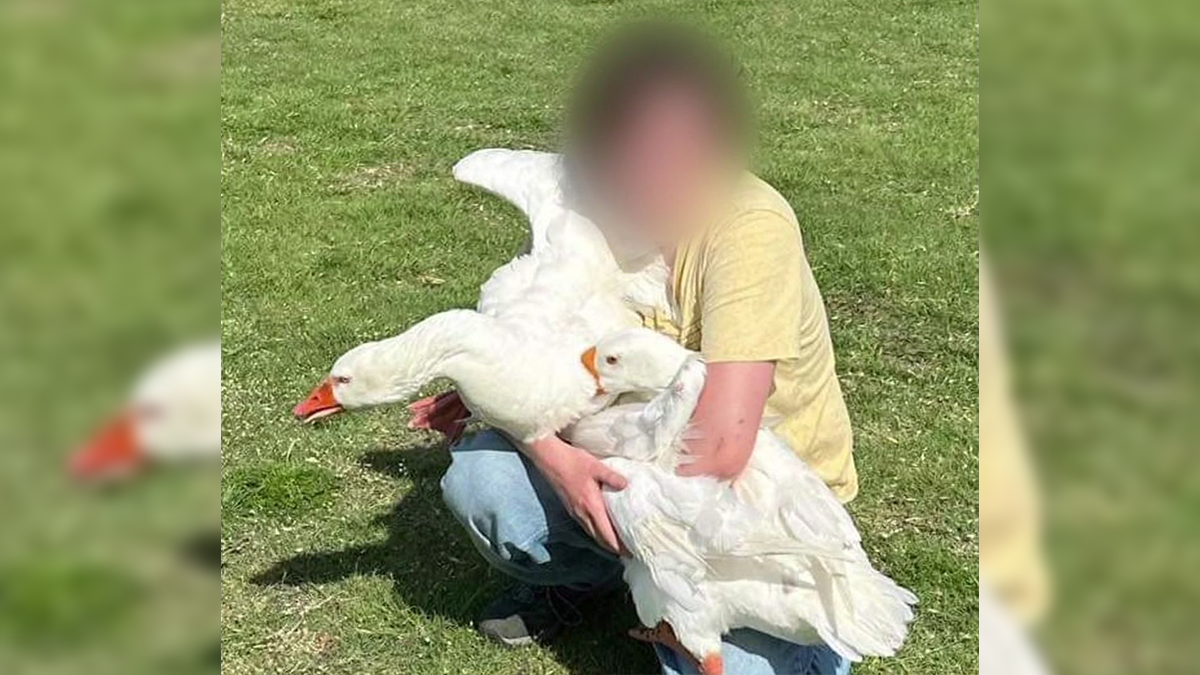Parkland Memorial Hospital doctors will present findings Wednesday from a first-of-its-kind program pioneered in Dallas to help identify people at risk for suicide.
The presentation before the Joint Commission — which accredits and certifies thousands of healthcare organizations and programs across the United States — could result in Parkland’s Universal Suicide Screening Program becoming a template for other health systems across the country.
“To our knowledge, we are the first big hospital system in the U.S. to implement a universal screening program for suicide risk,” said Dr. Kimberly Roaten, Parkland’s Director of Quality for Safety, Education and Implementation. “And the data we are gathering will be significant for other organizations in the future.”
The need for a program to better identify people at risk of suicide has perhaps never been higher. The suicide rate in the United States rose by 24 percent from 1999 to 2014, according to a study released by the National Center for Health Statistics released in April.
What Parkland looked at is a statistic that they believed could provide an opportunity to spot warning signs of suicide risk at an early stage.
“Patients who later die by suicide are often seen by non-behavioral health providers in the days, weeks and months prior to death,” Dr. Roaten noted in a statement released by Parkland. “U.S. data shows that 77 percent of people who die by suicide had contact with a primary care provider and 40 percent had contact with an emergency department provider in the year prior to death. We want to use every patient encounter at Parkland as an opportunity to identify those at risk.”
Experts at Dallas County’s largest public hospital created a standardized screening program that requires staff in Parkland’s emergency department and outpatient clinics to ask a series of simple questions to patients to help identify signs of suicidal thoughts.
Among the questions patients will be asked:
- In the past month, have you wished you were dead or wished you could go to sleep and not wake up?
- Have you ever done anything, started to do anything, or prepared to do anything with any intent to die?
Based upon a patient’s answers to a series of questions, Parkland staff will categorize them as either “High Risk,” “Moderate Risk” or “No Risk” for suicide. Patients who are deemed to be at high risk are placed under one-to-one supervision, according to a hospital statement, suicide precautions are implemented and an evaluation by a behavioral health clinician is initiated.
Local
The latest news from around North Texas.
Patients who are considered to be moderate risk are automatically referred to a psychiatric social worker and usually are seen during the same visit, the hospital noted. If a patient does not want to speak with the social worker during the visit, they receive a follow-up phone call to provide additional support and resources.
“Patients may come in with a sprained ankle or sore throat, but if their suicide risk screening shows that they are at moderate risk, Parkland’s clinical algorithm immediate alerts a member of the behavioral health team to come and speak with them,” said Russell Genzel, the Director of Nursing in Parkland’s emergency department.
Since 2015, when Parkland began its screening process, staff members have identified 2 percent of emergency department patients as being high risk for suicide, and 4 percent to be at moderate risk.
Those percentages translate into thousands of patients who may have been given access to possibly lifesaving treatment they would not otherwise have received.
“That’s 5,000 lives a year. If they intervene in a meaningful way and identify 5,000 people in their emergency department who are high risk and intervene and help them get some help, what would we not do to save 5,000 lives a year in Dallas? And that’s just one hospital,” said Vanita Halliburton, President of the Grant Halliburton Foundation.
Grant Halliburton, Vanita’s son, was a promising artist who struggled with depression, anxiety and bipolar disorder. And at the age of 19, shortly after a stay in a hospital for mental health treatment, Grant Halliburton took his own life.
Vanita Halliburton formed the foundation, and named it in honor of her son, with the goal of helping to prevent others from making the same decision and providing access to the help they need.
Vanita Halliburton expressed frustration with the otherwise qualified clinicians who treated her son, but failed to relate any of the possible warning signs of suicide, which include a sense of hopelessness about the future, uncontrolled anger, giving away prized possessions, withdrawal from friends and family and a loss of interest in physical appearance.
“Had we known what those warning signs were, it could’ve been potentially and likely lifesaving in our family’s case,” she said. “Those signs are not intuitive, but they are simple. Once you know what they are anyone can spot those signs inn a person who is thinking about ending his life.”
Although she was not previously aware of the Parkland study, Vanita Halliburton is greatly in favor of what is being done.
“It’s really the beginning of some eye opening information that I hope other hospital and healthcare providers will take note of because we need that kind of meaningful screening,” Halliburton said.



